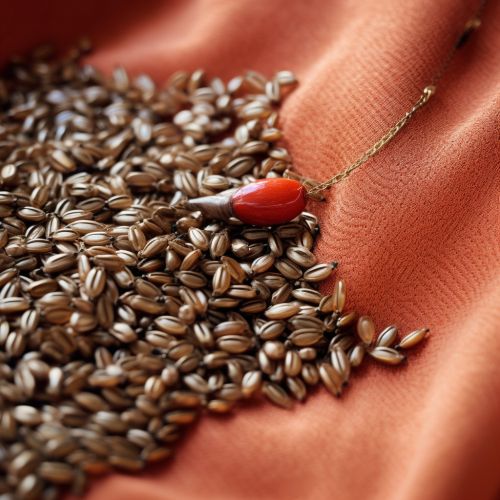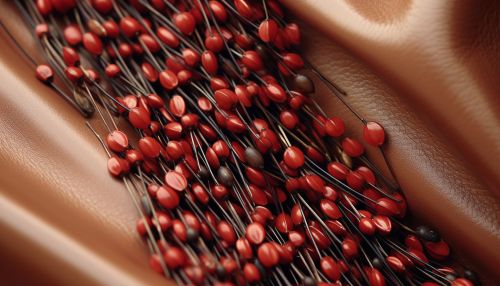Human-Mediated Seed Dispersal
Introduction
Human-mediated seed dispersal, also known as anthropochory, is a biological process where seeds are transported by humans. This process plays a significant role in the distribution of plant species across different geographical locations. It is a subset of seed dispersal, which encompasses various methods by which seeds move from the parent plant to new locations, either passively or actively.
History and Overview
The concept of human-mediated seed dispersal has been recognized for centuries, with early agricultural societies unknowingly participating in the process through their farming practices. As societies developed and began to trade, the movement of seeds became more widespread, leading to the introduction of foreign plant species to new environments.
Mechanisms of Human-Mediated Seed Dispersal
Human-mediated seed dispersal can occur through several mechanisms, each with its unique implications for plant distribution and biodiversity.
Accidental Dispersal
Accidental dispersal occurs when seeds attach themselves to human clothing, footwear, or equipment and are transported to new locations. This form of dispersal is often unintentional and can result in the spread of both native and non-native plant species.
Deliberate Dispersal
Deliberate dispersal involves the intentional movement of seeds by humans for specific purposes. This can include agricultural practices, reforestation efforts, and the planting of ornamental plants.
Dispersal via Waste
Seeds can also be dispersed through human waste, either directly or indirectly. This can occur when seeds are ingested and later excreted, or when plant material is discarded in compost heaps or landfill sites.
Implications of Human-Mediated Seed Dispersal
The implications of human-mediated seed dispersal are vast and varied, affecting both the natural environment and human societies.
Ecological Implications
From an ecological perspective, human-mediated seed dispersal can lead to the introduction of non-native plant species, which can outcompete native species and disrupt local ecosystems. However, it can also contribute to plant diversity and aid in the colonization of disturbed habitats.
Agricultural Implications
In agriculture, human-mediated seed dispersal has both positive and negative implications. On one hand, it allows for the cultivation of a wide variety of crops in different regions. On the other hand, it can also lead to the spread of invasive plant species and crop diseases.
Conservation Implications
Conservation efforts often rely on human-mediated seed dispersal to restore degraded habitats and reintroduce threatened plant species. However, these efforts must be carefully managed to avoid the unintended spread of non-native or invasive species.
Future Perspectives
As human activities continue to shape the planet, understanding and managing human-mediated seed dispersal will become increasingly important. Future research will likely focus on improving methods for tracking seed movement, assessing the impacts of anthropochory on biodiversity, and developing strategies to mitigate the negative effects of this process.


